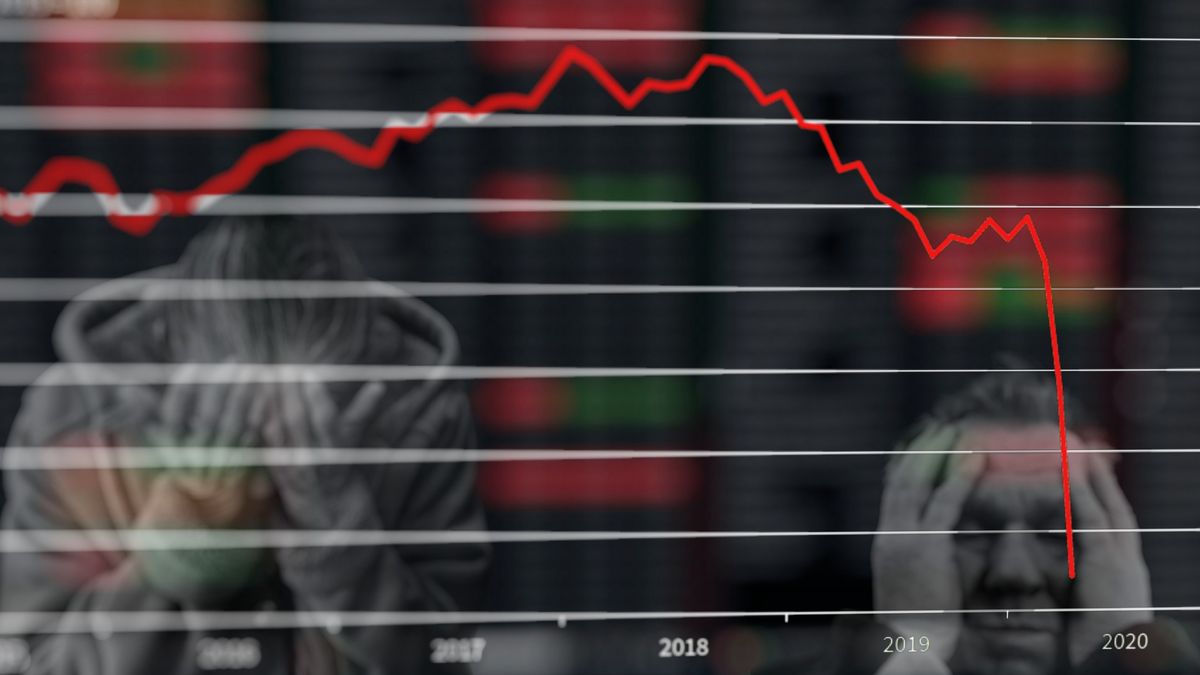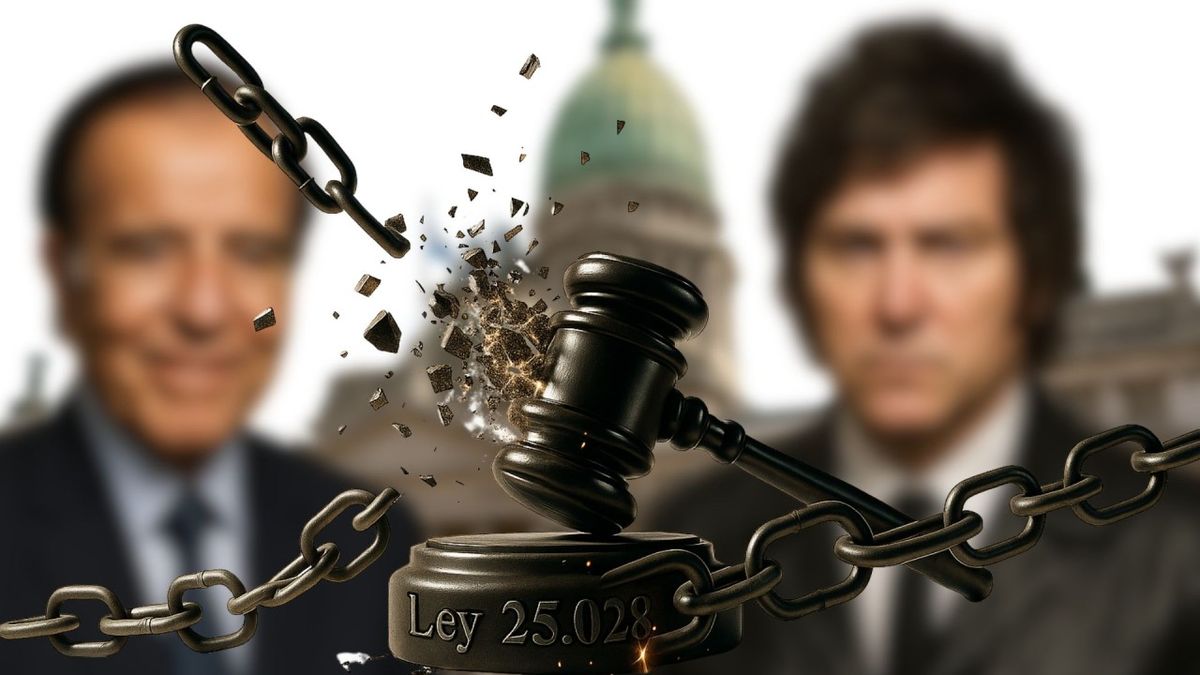After more than seven months where changing objectives were seen, it seems that the Government has two very clear macro objectives for the second half of the year: to show falling inflation in the short term, which is closely linked to the exchange rate anchor, and to maintain the exchange rate gap without it spiralling.
By 2025, the exchange rate policy will be modified and all the Government’s bets are placed, as we have been pointing out, on a victory of Donald Trump in the November elections. However, this scenario does not seem so certain now.
There have often been very valid criticisms of governments over the last 50 years for having short-term goals, as long as they conspire against good performance in the medium and long term. Although in the long term, as Keynes said, we are all dead, it is not possible, due to the urgency of the hour, underestimating the problems that arise in the long term and that conspire against the sustainability of both policies and governments themselves.
One way to foresee the future development of the economy is to see the signs, the first signals that trigger a phenomenon. Decisions that are made (or not) produce future effects. The “butterfly effect” is increasingly being studied in economics, as in other sciences. It is taken from the old Chinese saying that the flutter of a butterfly’s wings causes important effects on the other side of the world. In this case, the flutter of butterflies on this side of the world is also being studied. We are talking about global effects and local effects.
In this century we live with deep and long-lasting effects of butterfly wings that have accumulated since the mid-1970s and, because they were not detected in time and form, have generated a deep crisis. The slow disinvestment in the State and in infrastructure caused a structural crisis in our economy. The opening of the economy and the privatizations as they were carried out, generated company closures and layoffs that spiraled into poverty and indigence.
If the economy is managed seriously, we must draw on experiences from history. History is the story of families whose grandparents lost their jobs during the dictatorship, their children in the 1990s, and their grandchildren in 2024 will be the third generation outside of a formal work environment and without a State that can provide an economic policy that promotes decent work but rather public goods with adequate coverage and efficiency.
We have a duty not to repeat this tragedy, which is why it is important to analyze the implications of the Government’s strategy and objectives from the dual perspective of its viability in the short term (2024), but more importantly, to evaluate its future implications to avoid greater evils.
Inflation
In the short term, the Government can reduce the inflation rate somewhat further, maintaining the devaluation rate of 2% with fiscal adjustment and zero monetary emission.
Of course, this strategy has a counterpart: biggest recession in the national economyonly lower demand acts as a limit to inflation whose underlying causes have not been resolved, including the distortion of various relative prices.
To reduce it further, the Government is appealing to a postponement or attenuation of increases in “regulated” prices, tariffs and other services, as it has been doing spasmodically when prices have risen again: postponing tariff increases on fuels and limiting their indexation. An issue that requires a structural solution.
But what will happen in the medium term?
It is clear that maintaining a devaluation rate of 2%, with the prospect of lowering it to 1% and then fixing the exchange rate, is reminiscent of Martínez de Hoz’s “little table”.
The drop in prices is linked, among other factors, to the solution of the external issue, which is currently unresolved. The future correction of relative prices, including the exchange rate, which drags down associated regulated prices, and its impact on direct and indirect costs predicts that the inflation that is suppressed at present will occur with greater force in the future.
As we saw two weeks ago in the article “How to defeat inflation”, a consistent, comprehensive plan is needed, which includes attacking the causes of inflation as a whole, something that is not currently being achieved.
Exchange rate gap
The Government has set up a mechanism to use foreign currency to intervene in the exchange rate gap. The objective is to contribute to the “disinflation” of these months, keeping the gap under control.
The Government aims for exchange rate convergence, which will allow it to open exchange restrictions (“cepo”) with the lowest possible devaluation rate.
As we said in the first article of this series of columns, the “little plan” plus “zero emissions” could become a kind of “neo-convertibility” to win the elections. The 90s as a farce or as a tragedy.
The mechanism of leaving the economy without pesos implies worsening the recession. Thus, the two short-term objectives of the Government are at the expense of the level of activity.
In the short term, financial engineering may pay off. It is a kind of way of buying time until Trump’s eventual victory and dreaming that, in the summer, the IMF will create a “shield” associated with a new program with the Organization. And betting that money laundering, privatizations and something from the RIGI will bring in foreign currency to unify the exchange rate.
In the medium term, the loss of reserves that the foreign exchange intervention will cause is not sustainable. We will have to get through the summer until the harvest is over. But it is clear that producers will only sell what is necessary until they see another exchange rate. There is no long-term solution in sight, such as ensuring a genuine flow of foreign currency that would resolve the external restriction.
If reserves are not increased, the exchange rate correction will be inevitable and the more time passes and the greater the exchange rate lag, the greater the devaluation will be, which will destroy the first objective (lower inflation).
The ice Age
In the meantime, the economy will continue to cool down, which is already reflected in the various indicators of investment, production and consumption, with adverse effects on employment and income distribution. Recession always affects tax collection and generates a larger fiscal deficit. When this happens, if the government over-adjusts the economy, the recession leads to a crisis: an ice age.
Ice Age takes us back to one of the most fantastic beginnings in the history of cinema. It begins with the saber-toothed squirrel “Scrat” trying to save his acorn in the ice and thus causing a large “crack” in the ice, unleashing an avalanche. The squirrel manages to survive being crushed to death by the iceberg, but is trampled by a herd of animals fleeing the glaciation and then successively loses his “food” due to a succession of clumsiness and desperate maneuvers.
If the government tries to bury the “acorn” or preserve it with creative accounting, postponing payments, adjusting relative prices and delaying the exchange rate, trying to resolve the imbalances with asset sales or borrowing, it could unleash, as in the 1990s, an avalanche and a “herd effect.” Not to mention the cost in the present of widening the gap and losing “the food,” right?
To overcome the ice age, it is necessary to have objectives that do not undermine the real economy and that are consistent with the medium term. The way to reconcile the reduction of inflation, sustainable growth and avoiding crises requires a productive plan and political, economic and social consensus. The fluttering of butterflies does not augur well. Rather than trying to revive the 1990s, it would be wiser to remember them and not repeat both their errors and their consequences.
Director of Synthesis and former president of the Central Bank of the Argentine Republic (BCRA).
Source: Ambito
David William is a talented author who has made a name for himself in the world of writing. He is a professional author who writes on a wide range of topics, from general interest to opinion news. David is currently working as a writer at 24 hours worlds where he brings his unique perspective and in-depth research to his articles, making them both informative and engaging.




